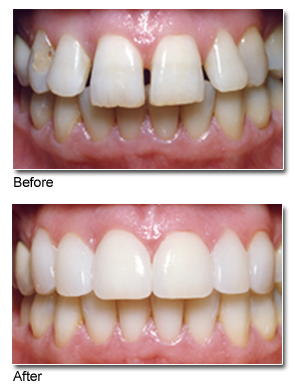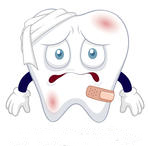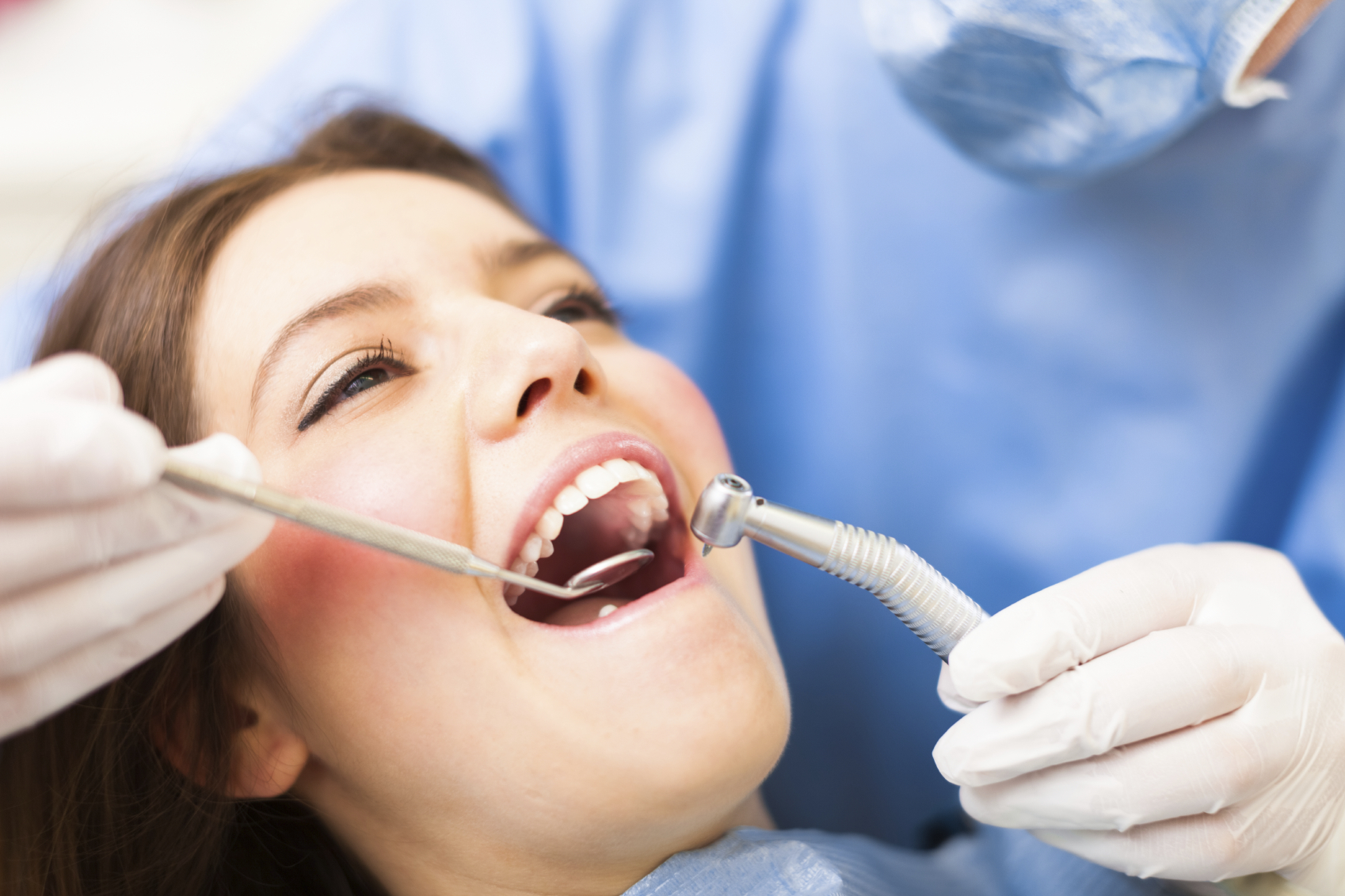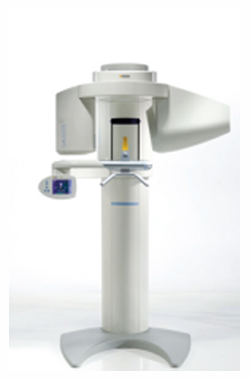Okay, let’s say you have just completed the process for porcelain veneers. You are thrilled about the look, feel, and added confidence your new smile has given you, but it was a big investment, and you’re worried about maintaining them. Thankfully, there are a number of ways you can avoid causing undue damage to your brand-new pearly whites.
Limit Staining- Porcelain is a material that resists stains, but the dental cement used to keep them in place unfortunately is not. Coffee, tobacco, wine, and any other food and beverage that may stain your teeth will stain the cement over time. Eventually, if not properly cared for along the way, the cement will become discolored and look odd against your veneers – or even start to make your veneers look discolored by association.
Avoid Unnecessary Force- Nail biting, chewing ice, and forceful brushing can break or dislodge a veneer; they can also be the reason your dentist recommended veneers to begin with. It’s important to make an effort to avoid these habits for the longevity of your veneers.
Good Oral Hygiene- Maintaining good oral hygiene such as regular brushing, flossing, and incorporating a mouthwash is great for your natural teeth and veneers. Veneers are placed along the gemlike to retain the appearance of being natural, so it’s important to keep your oral hygiene up to avoid a receding gemlike that may expose the veneer.
Stop Clenching and Grinding- This bad habit is a great way to chip or break your veneers over time. Bruxism, or the grinding of teeth at night, can be avoided by incorporating a night guard when you sleep. Reducing stress or finding alternative means to clenching your teeth will also go a long way in maintaining your new pearly whites.
Interested in learning more? Call to schedule an appointment today at 702-735-2755 or visit us online at www.patricksimonedds.com today.
Dr. Patrick Simone proudly serves patients from Henderson and all surrounding areas.









